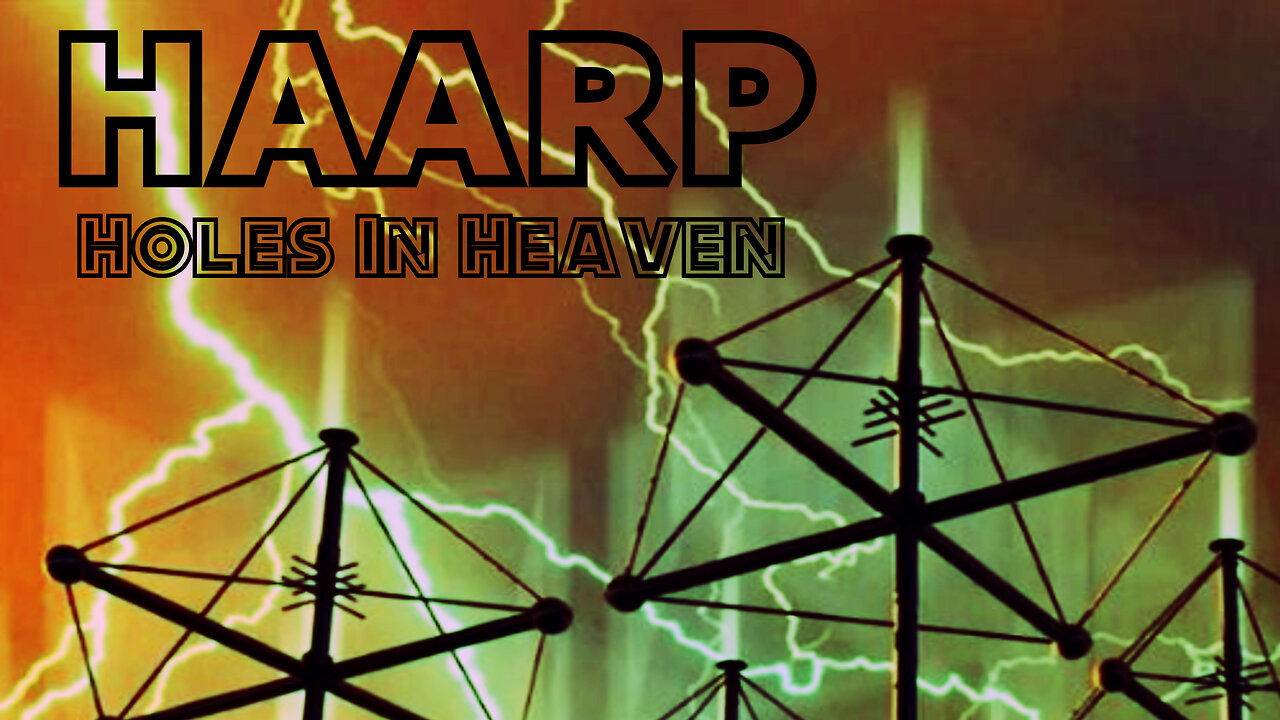“The late Carl Sagan said ‘We’ve arranged a global civilization in which most crucial elements profoundly depend on science and technology. We’ve also arranged things so that almost no one understands science or technology. We might get away with it for a while, but sooner or later, this combustible mixture of ignorance and power is going to blow up in our faces.”
Are we making Holes in Heaven? HAARP (High Frequency Active Auroral Research Program) is a controversial high frequency radio transmitter, or “ioniospheric heater,” which is believed to be descended from the works of Nikola Tesla and is operated by the U.S. Navy/Air Force and Phillip Laboratories in remote Gakona, Alaska.
Using HAARP, the military can focus a billion-watt pulsed radio beam into our upper atmosphere, ostensibly for ionospheric research. This procedure will form extremely low frequency waves and send them back to the Earth, enhancing communications with submarines and allowing us to “see” into the Earth, detecting anything from oil reserves to underground missile silos.
However, several researchers claim HAARP poses many dangers, including blowing thirty-mile holes in the Earth’s upper atmosphere. They also warn of possible disruption of the subtle magnetic energies of our Earth and ourselves.
Holes in Heaven? is a prime example of grassroots filmmaking by producer Paula Randol-Smith and Emmy-winning director Wendy Robbins. Narrated by Martin Sheen, the film, investigates HAARP, its history and implications, and examines the dangers and benefits of high and low frequencies and of electromagnetic technology.



